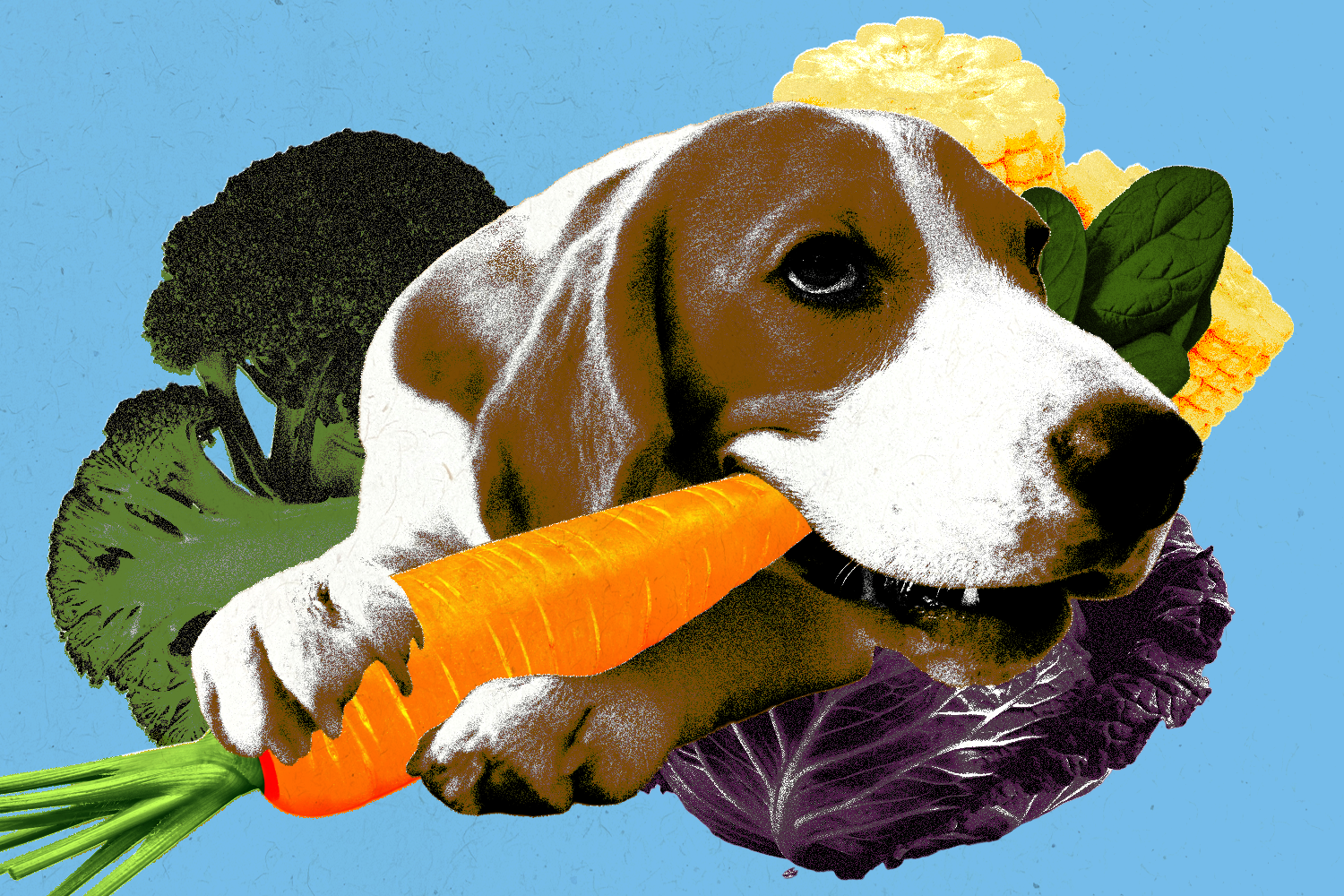Your pet can eat less meat, too
5 dos and don’ts for cutting that pawprint

Sign up and save the world
The one5c newsletter delivers our best tips right to your inbox
For anyone trying to take a big bite out of their emissions, ditching animal products is usually step number one. But we’re not the only members of our households whose diets could be gentler on the E……

